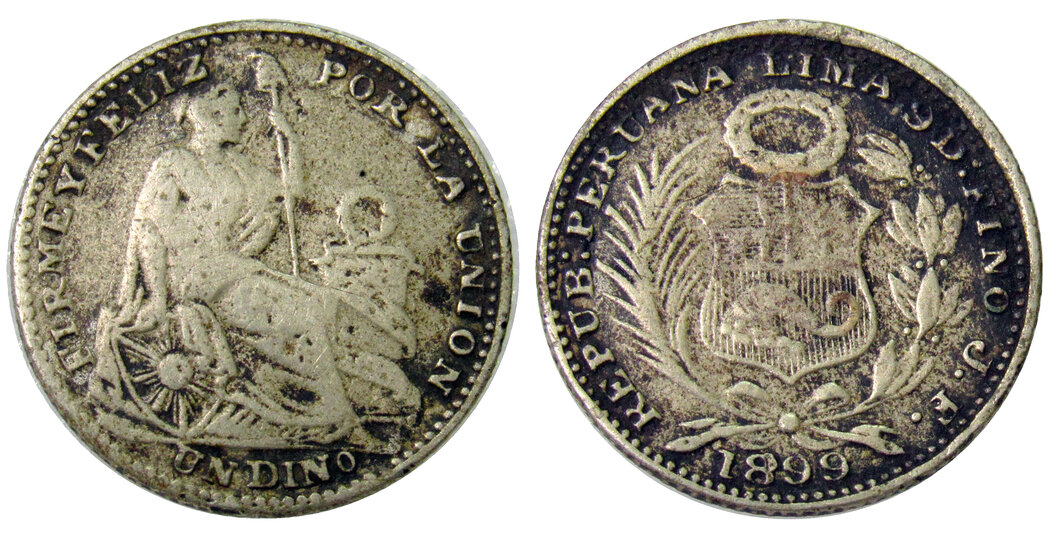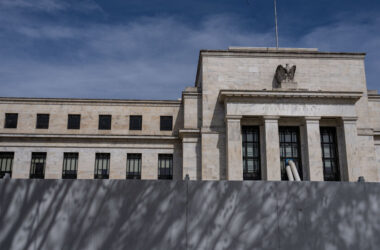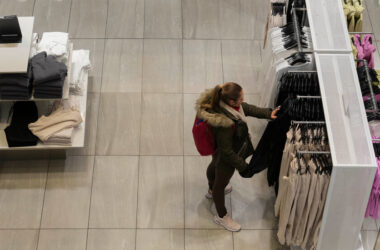A decade ago, a funny money mystery fell into the hands of scientists and students at the Pontifical Catholic University of Peru in Lima.
The university had been acquiring 19th- and 20th-century Peruvian coins from local dealers, and graduate students in the chemistry department were analyzing the pieces for their thesis work. But one coin, a 10-cent piece known as a dinero, stood out.
The dinero was marked “1899.” The problem was that official records indicated no coins of that denomination were minted in Peru that year — according to the people who made the money, the coin never existed.
Most international coin catalogs don’t list 1899 dineros, said Luis Ortega, a chemist at the university. And in the rare cases that they do, there is often only a note of “counterfeit” with no further detail, Dr. Ortega said. “No one was able to provide more information about it.”
Now Dr. Ortega and Fabiola Bravo Hualpa, a doctoral student, believe they have shed new light on the mystery of the coin that came from nowhere. In a paper published last year in the journal Heritage Science, they described how they subjected one of the two known 1899 dineros to a barrage of scientific analyses, illuminating its possible origins and the role it might have played during an unstable era of South American history.
To the naked eye, the 1899 coin resembles other dineros: It’s silver in color and features the same coat of arms and seated woman that represents the goddess of liberty. And it’s remarkably similar in size to other dineros minted around the turn of the 20th century — about the dimensions of a U.S. dime.
But when Dr. Ortega and Ms. Bravo Hualpa bombarded the 1899 coin with X-rays and measured the light it re-emitted, they determined that the dinero was largely made of copper, zinc and nickel. This alloy is known as nickel silver. It’s commonly used to make silverware and ornamental objects and has a silvery appearance, but it contains no silver. Genuine dineros produced by the Lima Mint, on the other hand, are roughly 90 percent silver.
Dr. Ortega and Ms. Bravo Hualpa also found that the 1899 dinero contained traces of iron, cobalt and lead. Those impurities imply that the coin was counterfeited long ago, not more recently, the researchers suggest. Such contaminants are characteristic of older alloys because of limitations in technology at the time. “The refining methods were not as good as they are now,” Dr. Ortega said.
The presence of impurities, paired with the coin’s worn faces, suggests that it was produced in the 19th or 20th centuries, the researchers concluded. But given that nickel silver wasn’t widely used for coins or tokens in Peru at that time, it’s likely that this coin was created abroad, the researchers suggest. Its producer might have therefore been wholly unaware that no dineros were officially minted in 1899.
“The counterfeiter probably didn’t realize that that coin didn’t exist,” Dr. Ortega said.
He said that an influx of low-value coinage would have been welcomed in Peru at the dawn of the 20th century. The country’s economy was reeling from the recent War of the Pacific, and the government was focusing on printing larger-denomination paper bank notes to pay off international loans; in 1899, the Lima Mint produced roughly one-tenth the number of silver coins it produced just five years earlier.
As a result, people in Peru were using coins from neighboring nations or even cutting their own country’s coins in half to conduct small transactions. “Counterfeiters found a field of opportunity,” Dr. Ortega said.
Dineros were low-denomination coins used by everyday people. Studying this coin, and the economic and political situation that prompted its creation, can therefore be illuminating. “If you want to study our society, you don’t want to look at a Ferrari,” said Laura Perucchetti, an archaeometallurgist at the British Museum in London, not involved in the research. “You want to look at a Volkswagen or a Ford.”
Dr. Ortega is not finished studying counterfeit coins and their historical context. He plans to meet with a collector based in Lima who amassed an assortment of coins ostensibly minted from the 1830s through the 1960s. Another 1899 dinero has already surfaced in that collection, and he is on the lookout for more.
“There must be a few around,” Dr. Ortega said.




